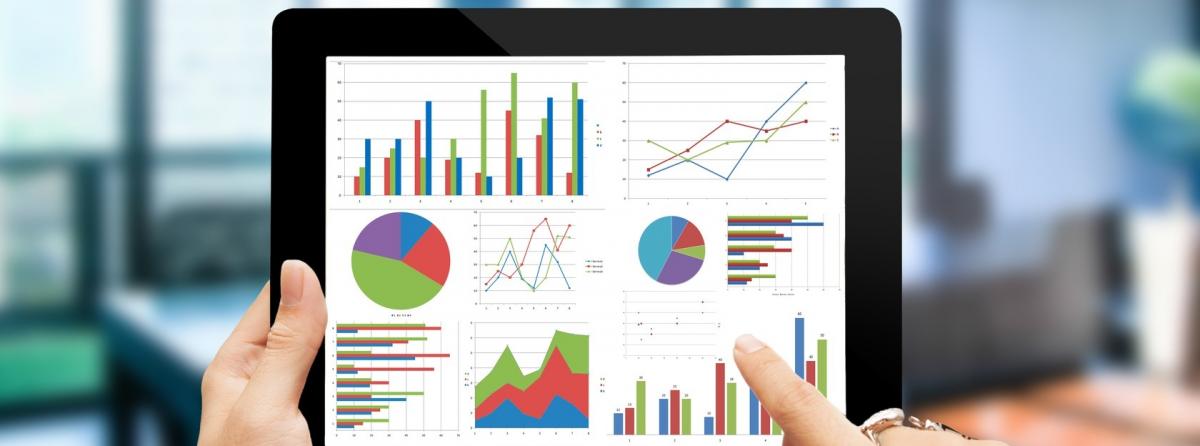A Crucial Step Within M&A
By Shaun Crimmins with Midaxo

In the Mergers and Acquisitions landscape there is very little margin for error, which could explain why more deals fail than meet or exceed goals. The number of factors contributing to failed acquisitions is certainly a long list, and applies to every stage of the process, from Pipeline Management through Post-Merger Integration. This post focuses on one crucial step within M&A, where organizations either identify the strategic alignment they hoped for, or realize their initial analysis overshot; Due Diligence.
At Midaxo we feel one of the major gaps in traditional due diligence is the lack of modern technology. Companies are using Excel, email, and VDRs, but are these tools making teams more efficient in their deal review?
Successful acquirers enter into due diligence with a strong, well-articulated deal thesis, typically answering the question: “How will buying this business make my existing business more valuable?”. From there, teams request key information from sellers, review documents, flag issues/risks, and ultimately answer their hypothesis to generate a price for purchase, or abandon the deal. Technology involved in running a diligence should address those areas, and make teams more efficient. So we wrote this post to address our own thesis, and answer the question: “How will technology make the Due Diligence process more effective?”
A Standardized Process
The ability to approach each diligence with a proven playbook and checklist is crucial to uncovering and answering the deal value thesis. The technology used must have the ability to create repeatable templates which could include: known risks/deal breakers to look for, industry-specific documents, functional groups that need to be involved, etc. Each time a due diligence is run, a successful acquisition team will look at their process to identify areas of improvement, and due diligence technology helps to support continuous improvement.
Centralized Issue Tracking
As teams dig into documents and look for various areas of risk with a potential purchase, they flag and identify findings which could affect the deal thesis. Technology is crucial to this step in the diligence process, because it allows for the big picture view of everything identified. Too often each individual team operates in a silo as they uncover their findings, which could result in a huge missed issue affecting deal success. The tools you use to track flagged issues must enable transparency and visibility, so your acquisition team can either kill deals faster or move forward faster, based on what is being uncovered.
To read full article, click HERE.
To get more information about technology and other critical aspects of due diligence, join us for The Art of M&A Due Diligence. You'll learn from M&A experts who share their real-life experiences and insights through functional case studies, panel discussions and break-out groups. Learn more.